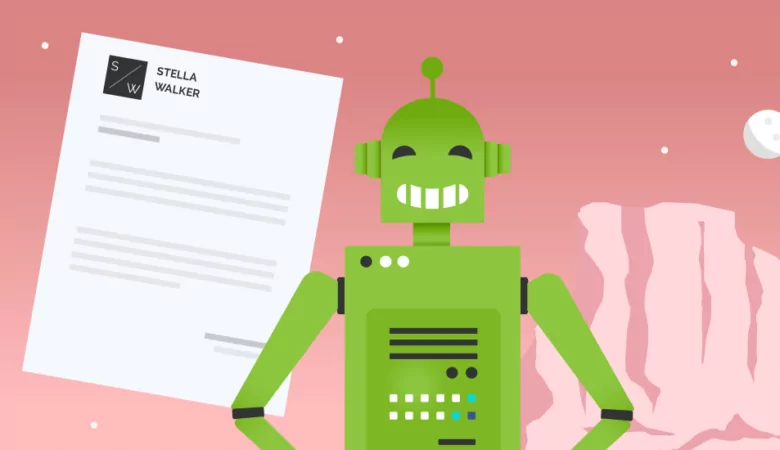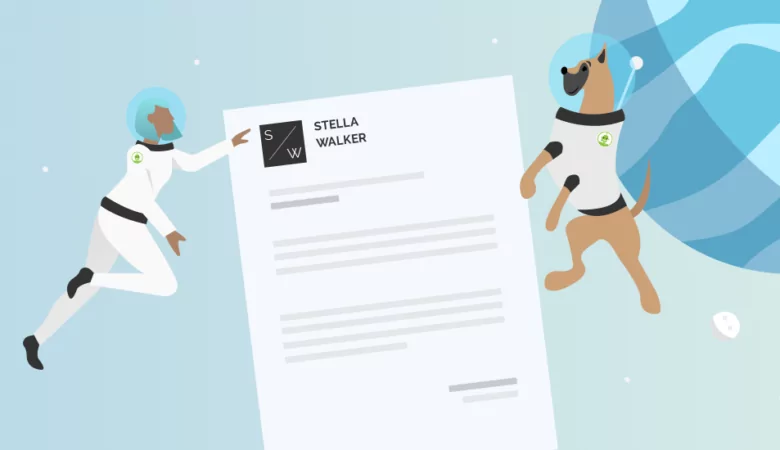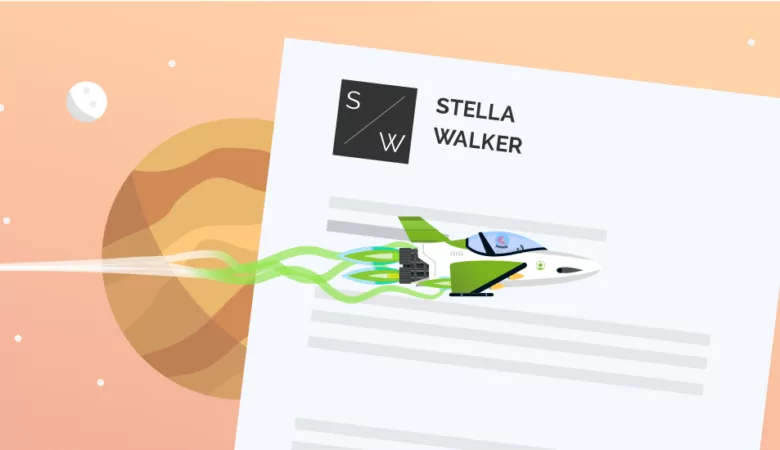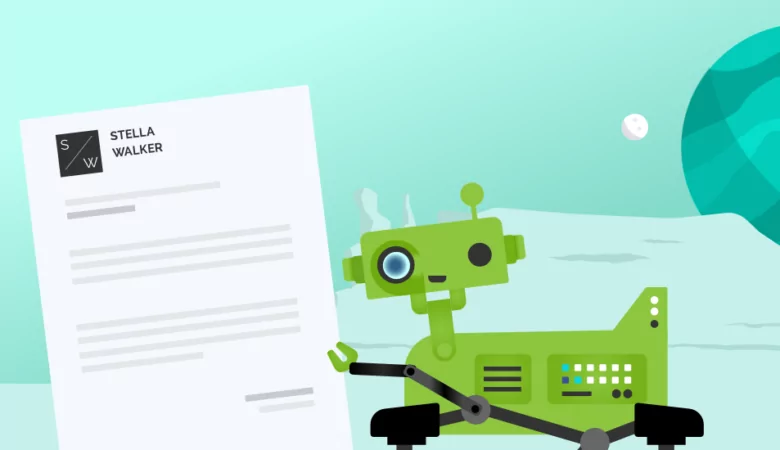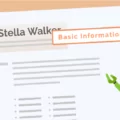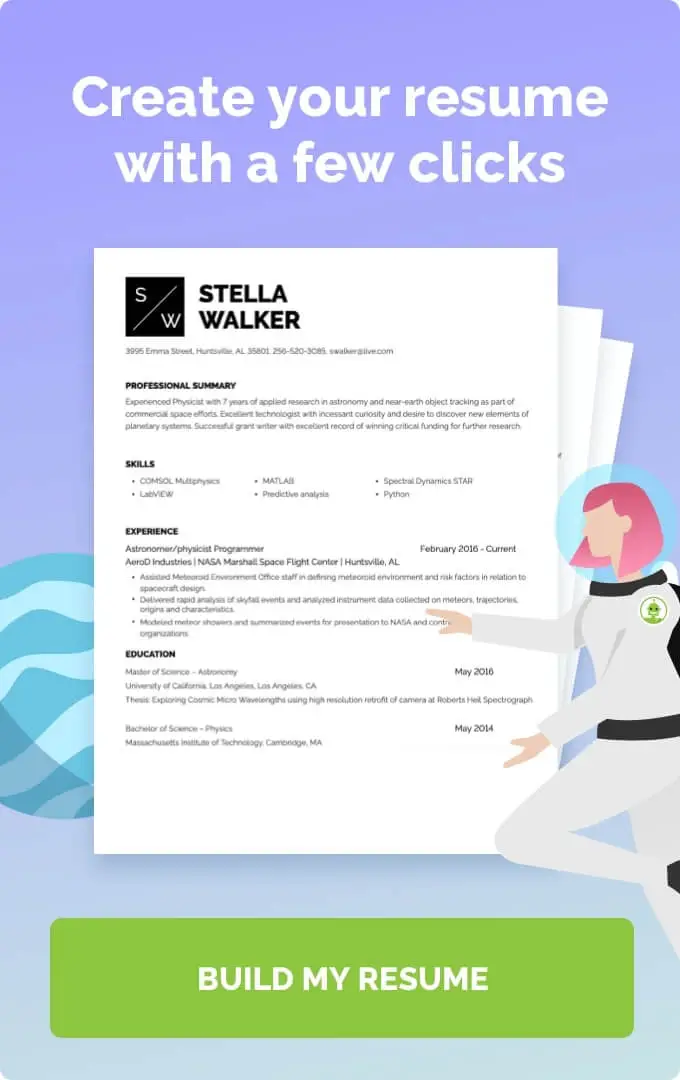A cover letter heading gives lots of information to your hiring manager. How can you make sure that you’re showing that information in the best way possible?
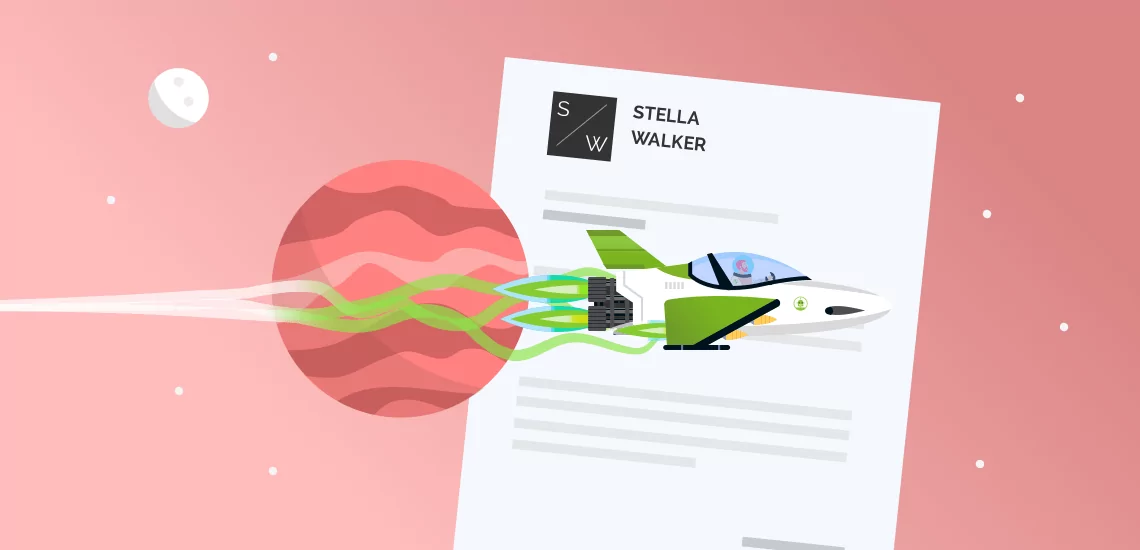
Tips on Creating Your Cover Letter Heading
Cover Letter Heading
Your cover letter needs to include a significant amount of information, but what you may not have known is that the information actually starts before the content does. Before hiring managers even get to your salutation and the first paragraph of your cover letter, your heading will give them information about you. Make sure this section communicates that information effectively, with these tips.
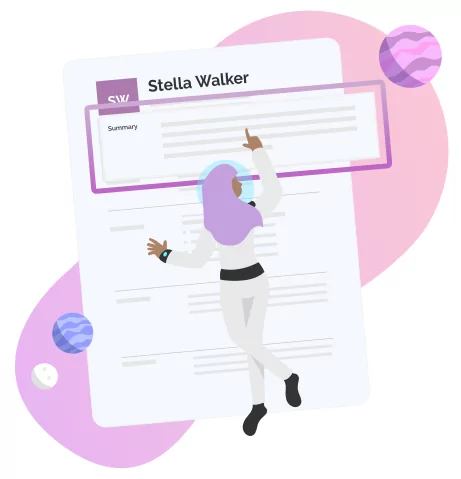
What Is a Cover Letter Heading?
The cover letter heading is a section at the very top of a cover letter template that includes specific information about yourself. It’s the smallest section, but because of its prominent placement, it’s one of the first elements that a hiring manager will likely see. That means a high-quality cover letter heading may be able to help you make a good initial impression in the eyes of a hiring manager.
Important Elements to Include in Your Cover Letter Heading
What information do you need to include in your cover letter header? The most important information to include is your contact information and your social media links. Here are the four pieces that you definitely need to have in every cover letter header:
- Full name: Your full name indicates to your potential employer who you are. It helps them match up your cover letter and your resume as well.
- Phone number: Most hiring managers prefer using your phone number to contact you. If you have a cell phone, it’s typically best to include this, although you can include both a landline and a cell phone by labeling them separately.
- Email address: Include your professional email address in your business letter. Use an address that’s straightforward, such as YourName@gmail.com.
- Professional networking or portfolio links: Your LinkedIn profile or an online portfolio can give recruiters additional information about your career and skills.
There are also some elements that you might not have to include in your cover letter heading, but you can include them if there’s a good reason for it:
- Current job title: You may often see this in the context of “John Smith, Software Developer.” It can be one way to show off who you are right now and indicate that you have experience in the field.
- Home address: You generally shouldn’t include your street address in your cover letter. However, if the job application specifically requests your address, you can include it here.
Look at other cover letter examples on this site if you want templates to help you create your own cover letter heading.
Cover Letter Formatting
Your physical formatting is an important part of writing the cover letter and ensuring that a hiring manager actually follows up with you. Here are a few cover letter formatting tips you can use:
-
Cover letter font
Use a simple font, like Arial or Times New Roman, to show off your skills rather than trying to “wow” a hiring manager with a unique font. Simplicity is more likely to catch a hiring manager’s attention than complexity.
-
Margins
Your margins should typically be anywhere from half an inch to a full inch. You may be able to adjust the margins depending on how much white space you want.
-
Line spacing
Single-spaced or 1.15-spaced font is typically the norm when it comes to cover letters. In an email cover letter, use whatever the default spacing is.
It’s also very important that you pay attention to the rest of your cover letter. The perfect cover letter doesn’t just end at the first paragraph after all; it goes throughout multiple body paragraphs. If you want to get a new job, then it’s important that you have a great salutation and sign-off, with important information in the middle that explains why you’re a good fit for the role and company culture. Cover letter tips from ResumeNerd can help you build your cover letter more effectively. From the first paragraph to the final paragraph, build your cover letter better with ResumeNerd and avoid leaving a bad first impression.
FAQ: Cover Letter Heading
A cover letter heading introduces yourself to the hiring manager, making them more likely to keep reading. Plus, it may incorporate elements of the job description that are important; for example, if the description asks for specific contact information, then you can show that you read the description by including that information in the cover letter heading.
It’s always a good idea to have a good cover letter heading. Any time you look at a sample cover letter, you’re going to see a cover letter heading of some kind. It’s an important component of a cover letter template, and it helps you in your job search because it introduces you immediately. Adding a cover letter heading helps you find a good job.
The best way to find a great cover letter heading is to use a cover letter builder. The ResumeNerd website can help you find cover letter templates that will help your cover letter heading stand out. Always remember to proofread before you send off your cover letter. Even the prettiest cover letter heading won’t look good enough to have a hiring manager overlook your typos.

